Iron Deficiency Anemia in Children – Prevention and Care

Iron Deficiency Anemia (IDA) is one of the most common nutritional deficiencies affecting children worldwide. Iron plays a crucial role in making hemoglobin, the protein in red blood cells that carries oxygen throughout the body. When children do not get enough iron, their bodies cannot produce enough healthy red blood cells. This condition can harm their physical growth, brain development, and overall well-being.
Understanding the Causes
Children are especially vulnerable to iron deficiency for several reasons. Babies grow rapidly, so their iron needs are higher than adults. If they are born with low iron stores or do not get enough iron from breast milk or formula, they can quickly become deficient.
In toddlers and older children, poor dietary intake is the most common cause. Many children consume diets rich in milk and snacks but low in iron-rich foods like meat, beans, and leafy greens. Blood loss due to parasitic infections, gastrointestinal issues, or heavy menstruation (in adolescent girls) can also lead to anemia.
Signs and Symptoms to Watch For
Early symptoms of iron deficiency can be subtle. Parents may not notice them until the anemia becomes severe. Common signs include:
Pale skin or lips
Fatigue or weakness
Poor appetite
Slower growth and development
Behavioral problems and irritability
Frequent infections due to weakened immunity
In severe cases, children may experience shortness of breath, rapid heartbeat, or brittle nails. Recognizing these signs early is crucial so that medical help can be sought promptly.
Diagnosing Iron Deficiency Anemia
If a child shows symptoms of IDA, doctors usually order a blood test to measure hemoglobin and ferritin (iron stores). A low hemoglobin level confirms anemia, while low ferritin indicates iron deficiency.
Pediatricians may also look for underlying causes, such as chronic infections, poor diet, or intestinal bleeding. Accurate diagnosis is essential to ensure that children receive the right treatment and do not suffer long-term effects on growth and learning.
Effective Prevention Strategies
Preventing iron deficiency in children is far better than treating it later. Here are key preventive steps parents and caregivers can take:
Exclusive breastfeeding for the first six months
Breast milk provides enough iron for newborns. After six months, infants need iron-rich complementary foods along with breast milk.Introduce iron-rich foods early
Pureed meats, iron-fortified cereals, lentils, and green vegetables should be included in the baby’s diet from six months onwards.Limit cow’s milk intake in toddlers
Excessive cow’s milk can interfere with iron absorption and may displace iron-rich foods. The recommended amount is no more than 2 cups (500 ml) a day after the first year.Use iron-fortified products
Choose cereals, formulas, and snacks that are fortified with iron to support growing children’s needs.Pair iron-rich foods with vitamin C
Foods rich in vitamin C, such as citrus fruits and tomatoes, help the body absorb iron more effectively.
Caring for Children Diagnosed with IDA
If a child is diagnosed with Iron Deficiency Anemia, treatment focuses on restoring iron levels and correcting the cause. Doctors usually prescribe oral iron supplements, which should be taken as directed for several months. It is important to continue supplements even after symptoms improve to rebuild the body’s iron stores.
Parents should also:
Encourage iron-rich meals daily.
Avoid giving tea or coffee with meals, as they block iron absorption.
Follow up with regular blood tests to monitor progress.
In severe cases where oral supplements are not effective or tolerated, intravenous iron or blood transfusions may be needed under medical supervision.
Long-Term Outlook and Importance of Awareness
With proper prevention, timely diagnosis, and adequate care, most children recover fully from Iron Deficiency Anemia. However, untreated anemia can lead to developmental delays, learning difficulties, and reduced physical stamina, affecting a child’s school performance and quality of life.
Raising awareness about iron deficiency is key. Schools, community health centers, and parents must work together to promote healthy eating and regular check-ups. Early education about nutrition can prevent many cases and protect children’s growth and future potential.
Conclusion
Iron Deficiency Anemia in children is preventable and treatable. Parents should focus on a balanced diet, regular medical check-ups, and prompt treatment when needed. By taking simple yet effective steps, we can safeguard children from the hidden dangers of iron deficiency and ensure they grow up healthy, energetic, and ready to achieve their dreams.
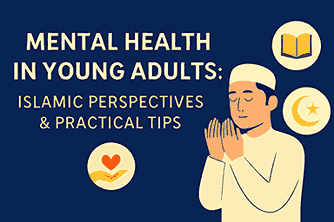
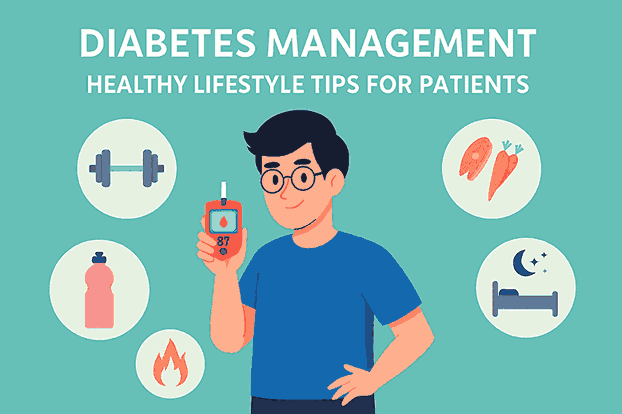
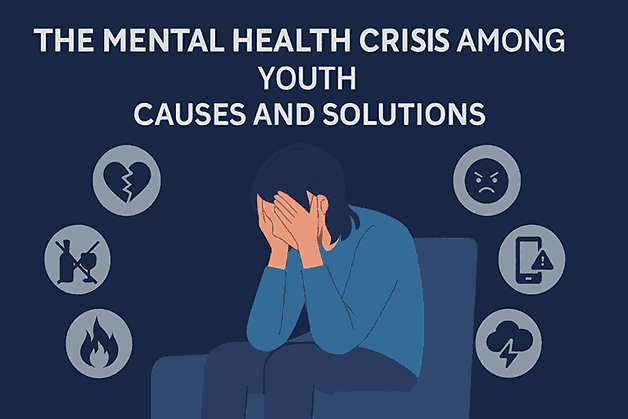
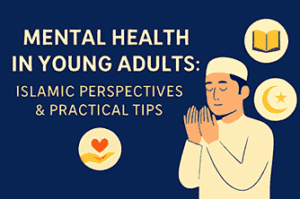
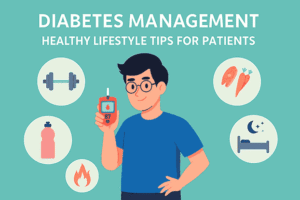
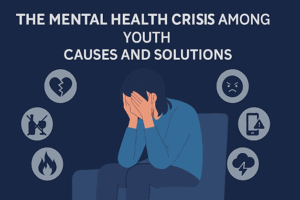
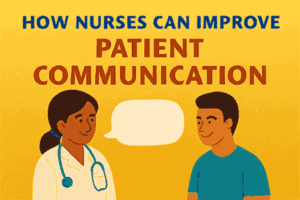
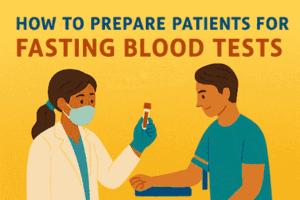
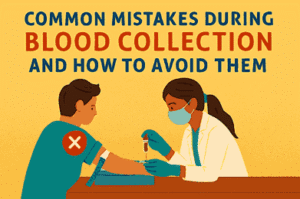
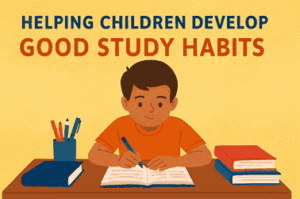
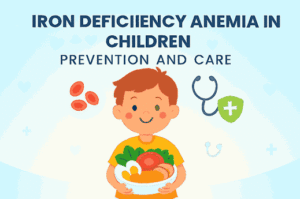
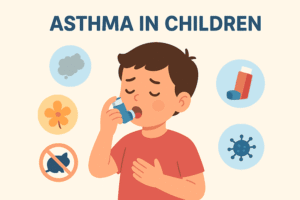
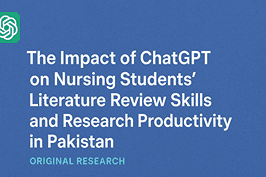
Post Comment